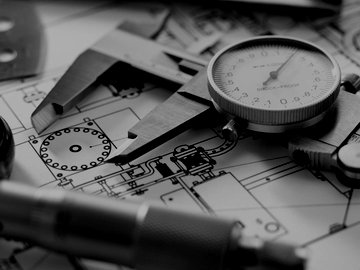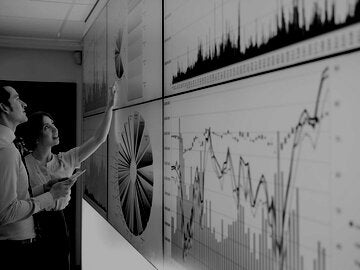On-Demand and On-Site Training
Did you know UCLA Extension provides tailored training that can be offered on-demand both in-person and remotely (live online)? These fast, flexible, specialized programs can help your team stay up-to-date on current trends, and learn about innovative technology.
Courses are offered on a variety of technical subjects, including aerospace and mechanical engineering, electrical and computer engineering, and technical management.
Benefits include:
- Flexible instruction methods: remote (live online) or in-person
- On-demand scheduling
- Class-size flexibility
- Customizable to suit your company's needs
- Additional cost savings by eliminating employee travel expenses
- Allows for open and confidential discussions among employees
- Attendees receive a record of participation and continuing education units from UCLA Extension
Some courses are outlined below, but we offer many more. Contact us for more information: ecp@uclaextension.edu or 310-825-3858.






